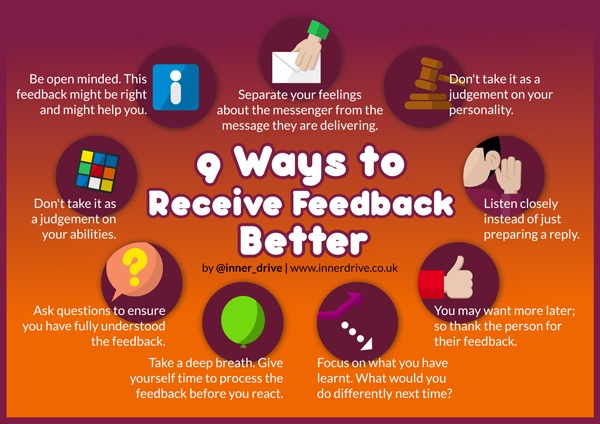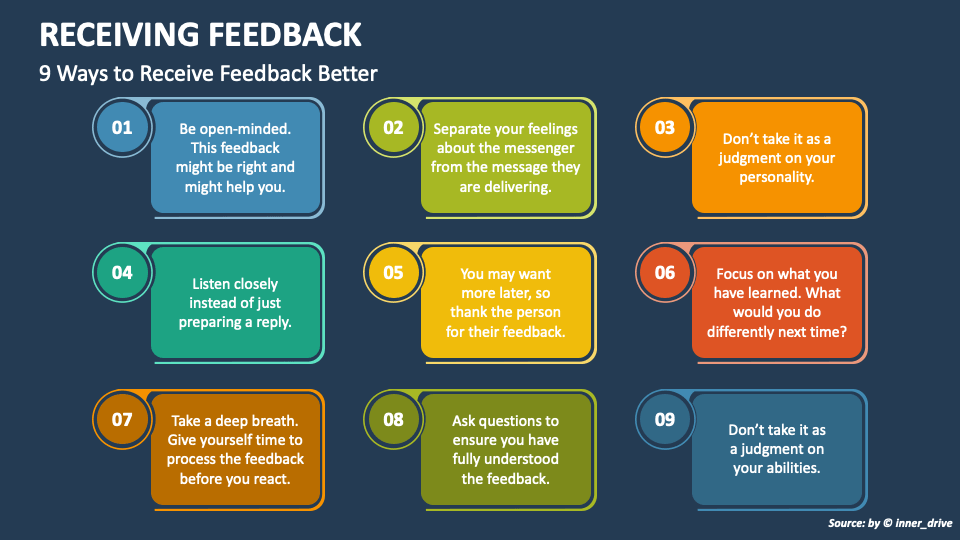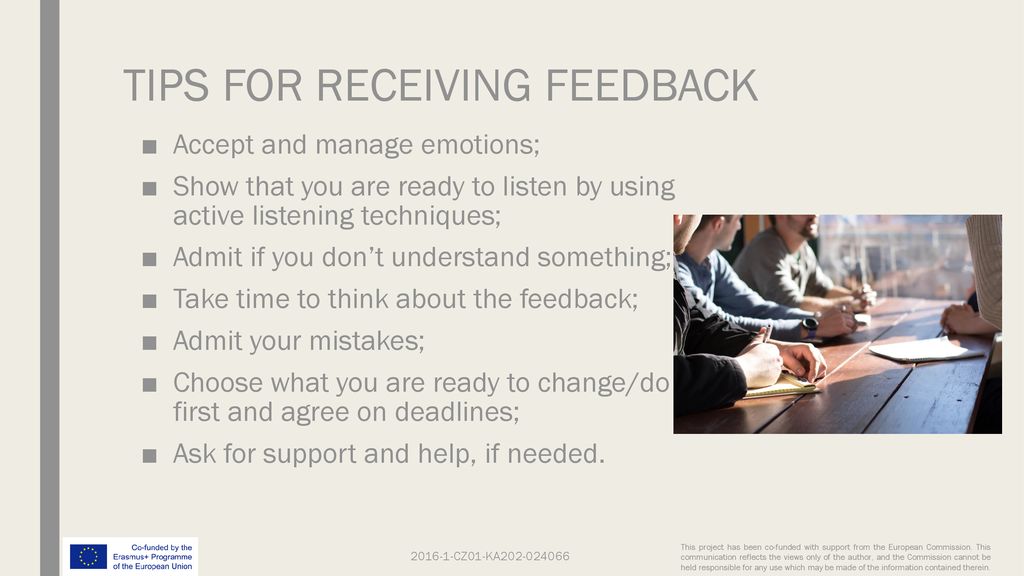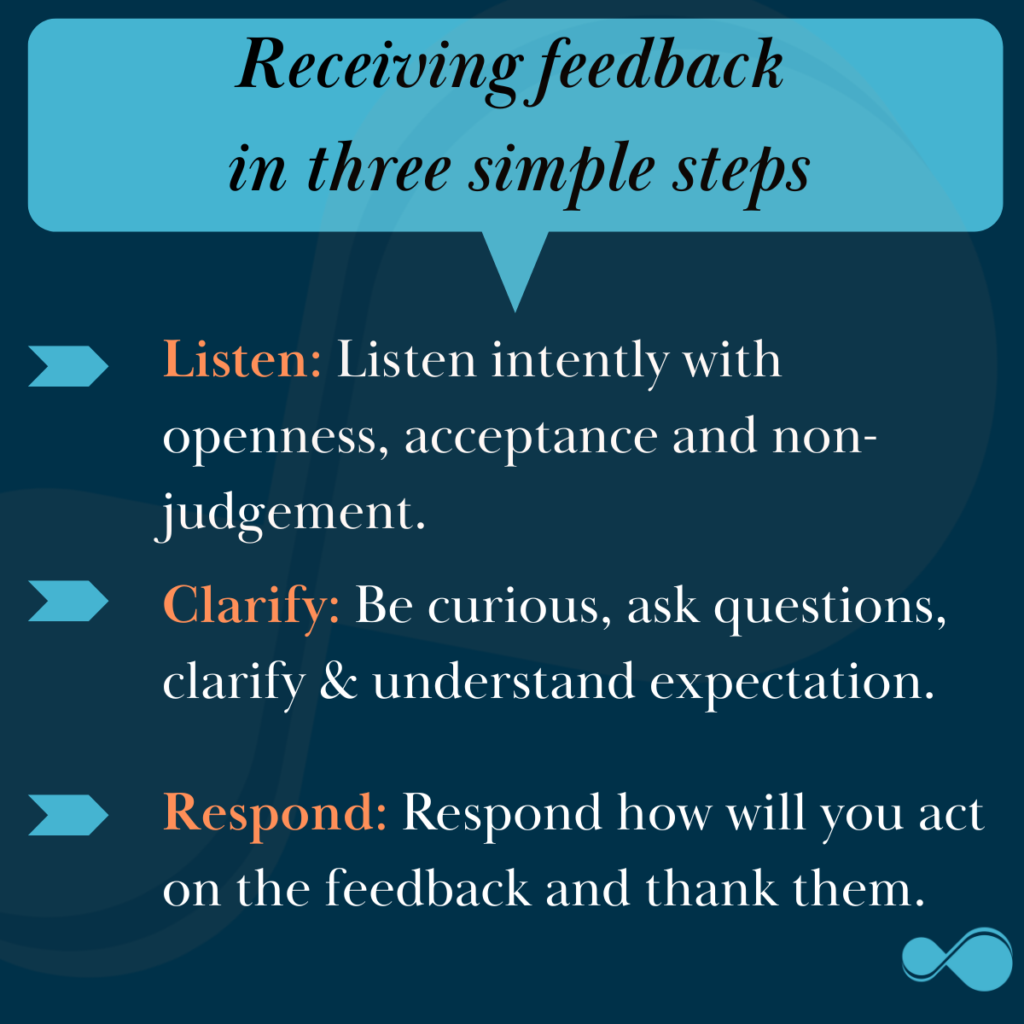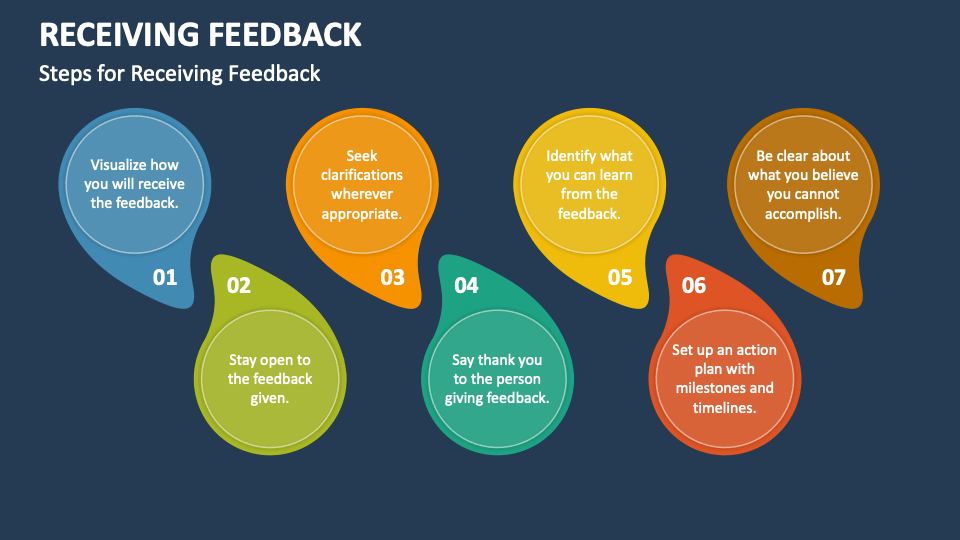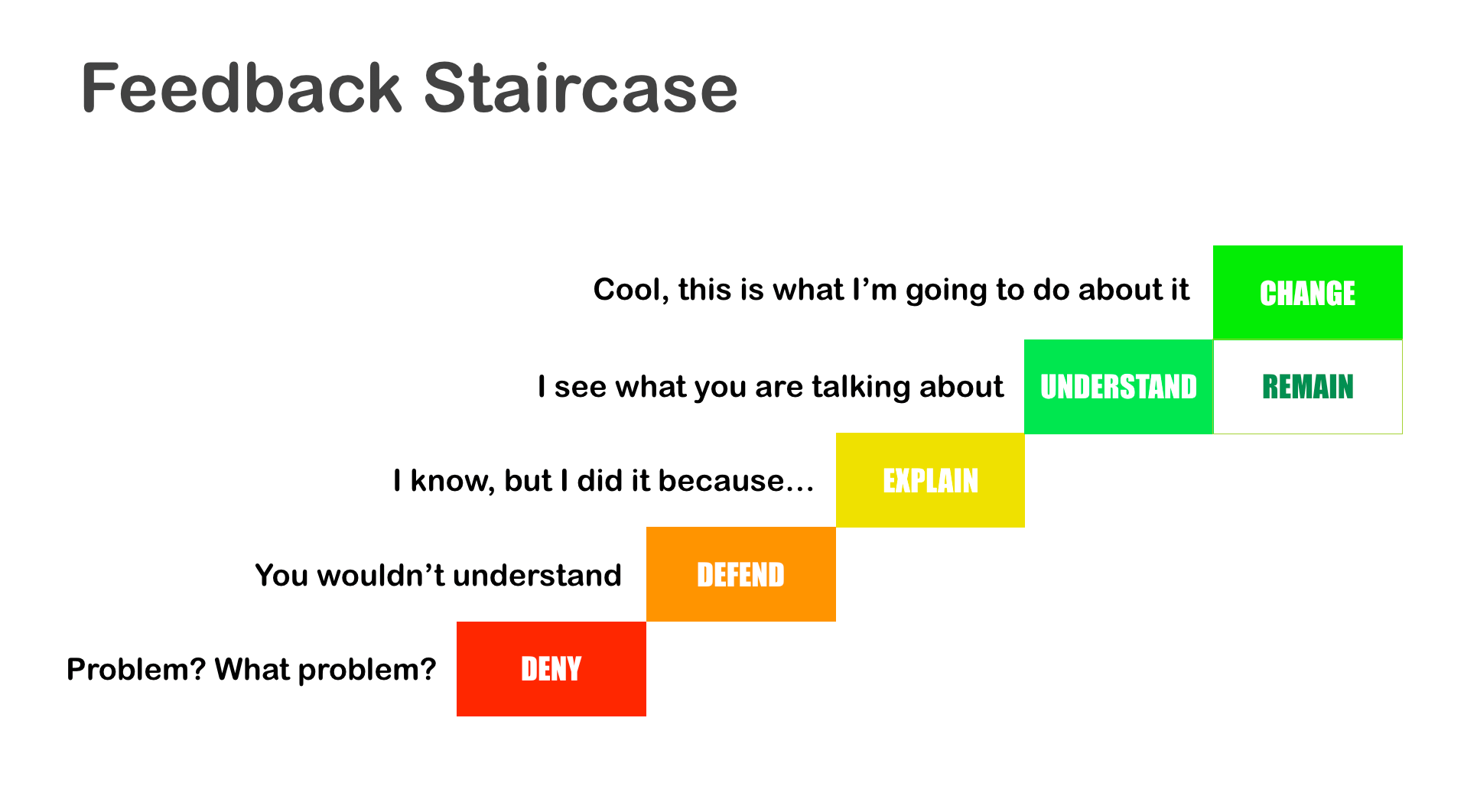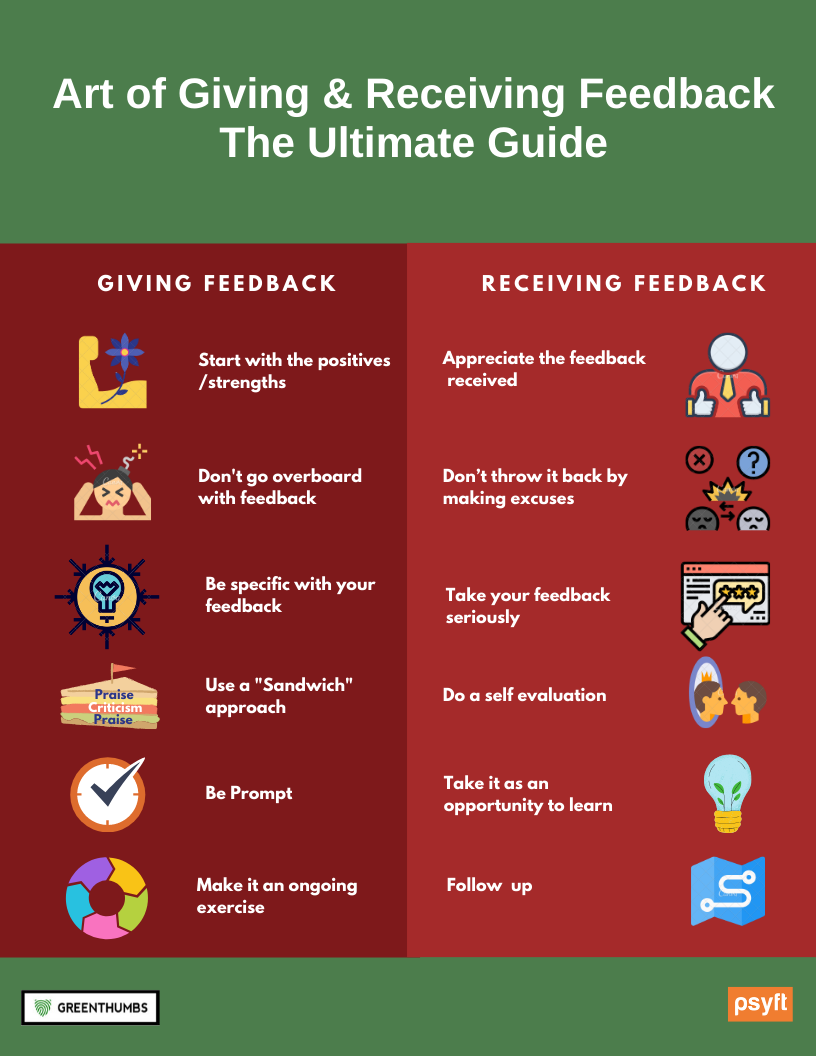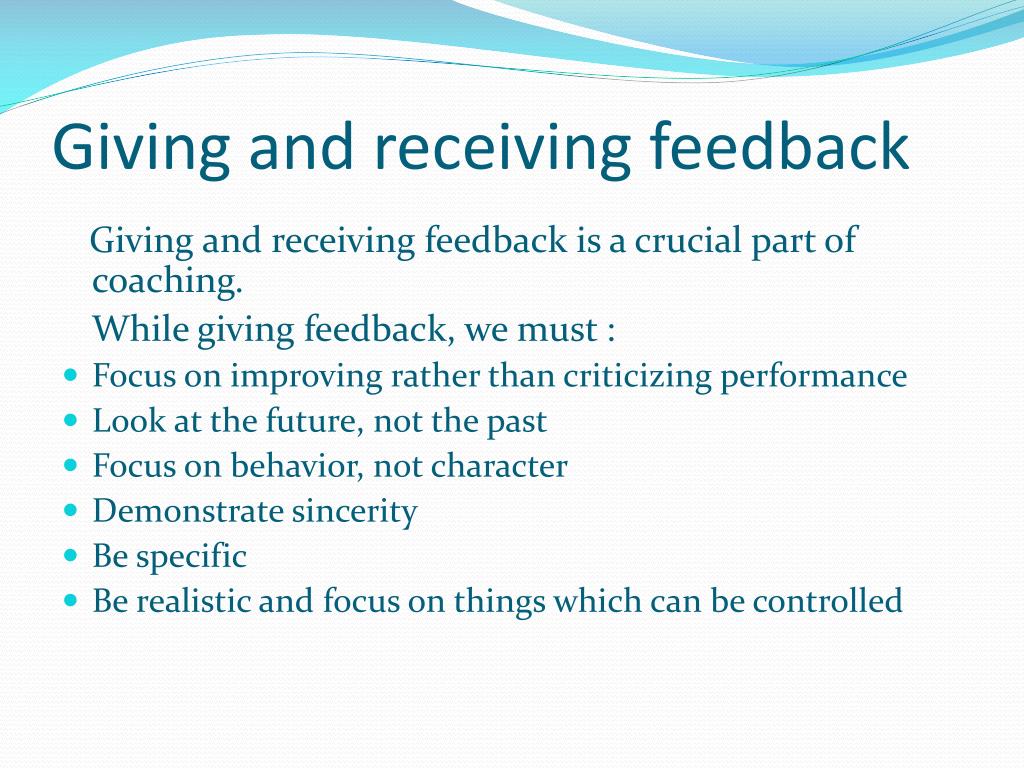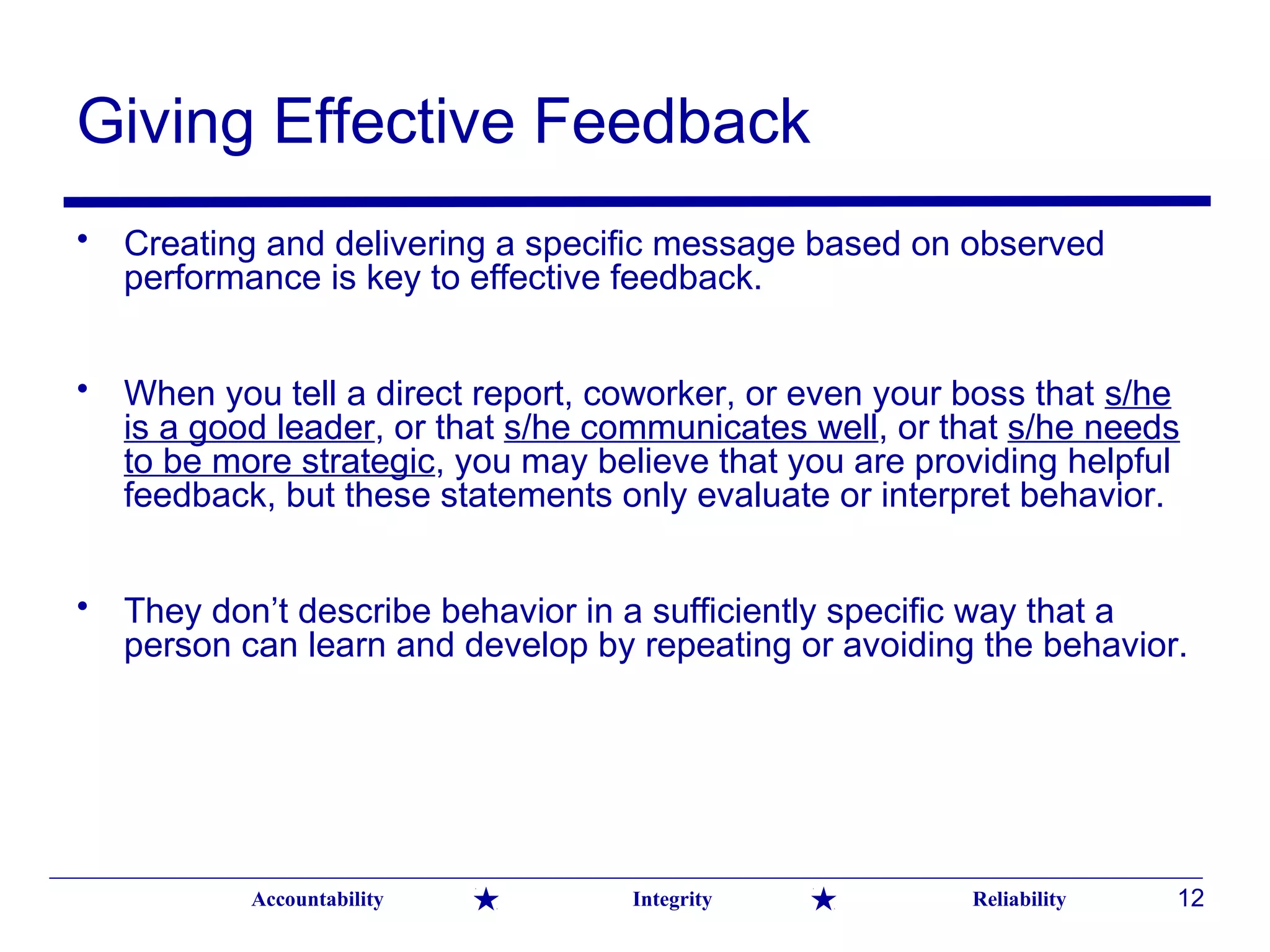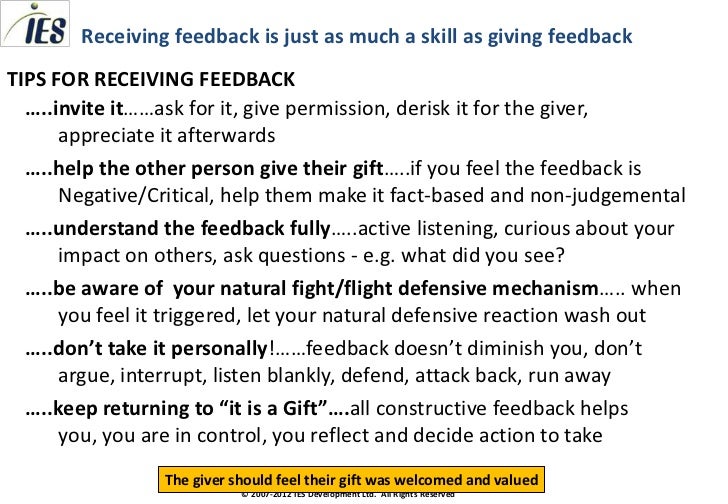On Receiving Feedback One Should Ideally
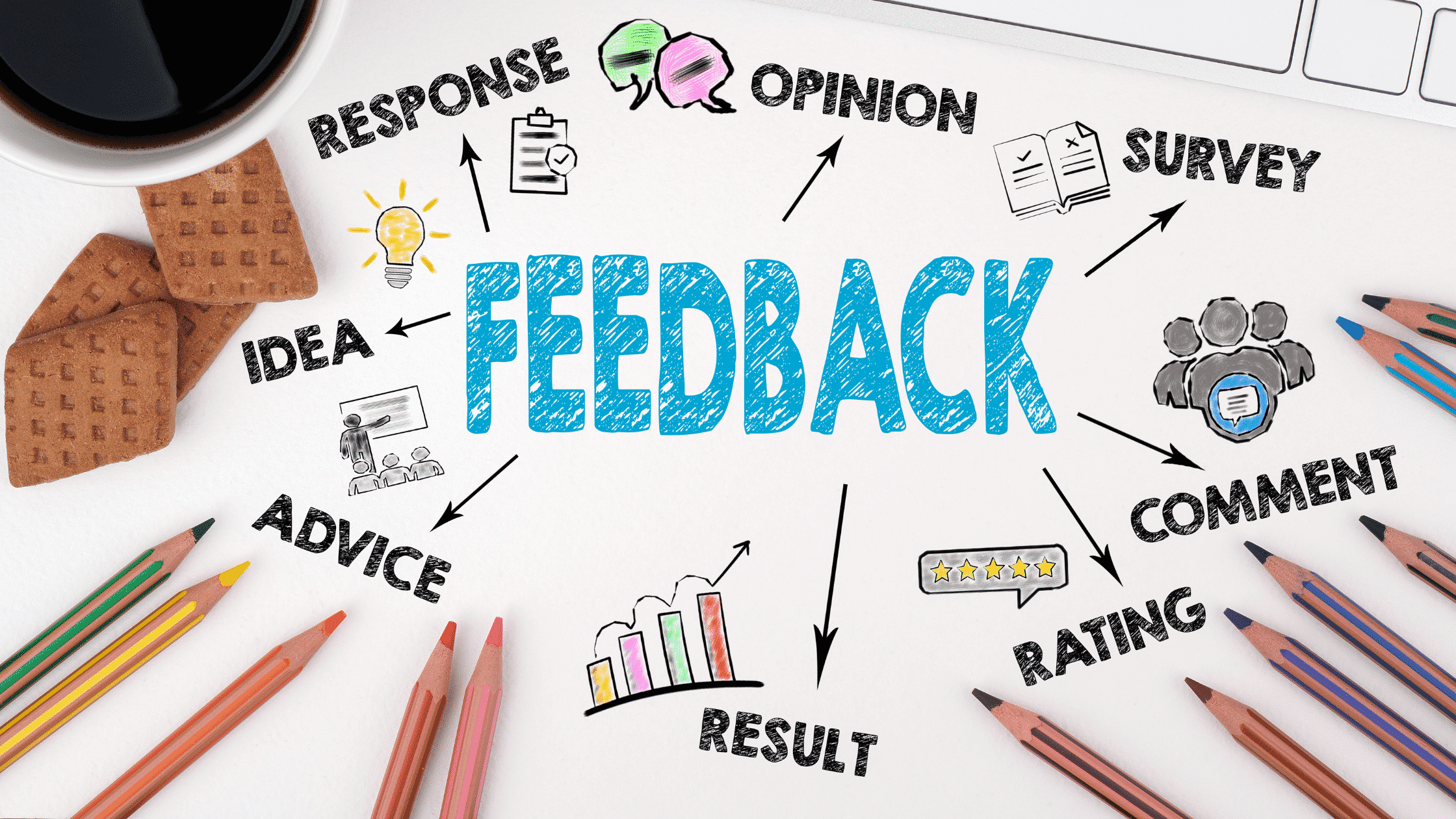
Imagine a potter, hands dusted with clay, carefully examining a freshly thrown vase. Their brow furrows slightly as they run a thumb over a minor imperfection, a wobble barely perceptible to the untrained eye. This quiet moment of assessment, of considering potential adjustments, epitomizes the essence of gracefully receiving feedback—a skill crucial not just in pottery, but in every facet of life.
At its core, receiving feedback effectively hinges on cultivating a mindset of growth and openness. Embracing critiques, whether professional or personal, transforms potential setbacks into opportunities for improvement, fostering stronger relationships, and accelerating personal and professional development. It's less about deflecting criticism and more about absorbing insights that can shape us into better versions of ourselves.
Understanding the Significance of Feedback
Feedback, often perceived as a judgment, is fundamentally a gift, an opportunity to gain valuable insights into our blind spots. Organizations like the Society for Human Resource Management (SHRM) emphasize the importance of constructive feedback in fostering employee growth and enhancing team performance. It provides a mirror reflecting aspects of our performance that we may not be aware of, helping us calibrate our actions and behaviors towards desired outcomes.
Consider the world of art. A sculptor doesn't create in isolation. They often seek critiques from fellow artists, gallery owners, and even casual observers. These diverse perspectives illuminate nuances that the sculptor, deeply immersed in the creation process, might overlook. This collaborative approach allows for refinements that ultimately elevate the artwork.
Practical Strategies for Graceful Reception
One of the first steps in receiving feedback effectively is to actively listen. Resist the urge to interrupt or formulate a defense while the feedback is being delivered. Focus on understanding the message being conveyed, paying attention not just to the words, but also to the tone and body language of the person providing the feedback.
After listening, seek clarification. Ask specific questions to ensure a thorough understanding of the feedback. For example, instead of simply saying, "I understand," try asking, "Can you elaborate on what you mean by 'more proactive'?" This demonstrates a genuine desire to learn and improve.
Separate the feedback from the person delivering it. It's easy to become defensive if we perceive the feedback as a personal attack. Remind yourself that the feedback is about your work or behavior, not about your inherent worth as a person. Acknowledge their perspective, even if you don't entirely agree. A simple "I understand your point of view" can go a long way in diffusing tension and fostering a more collaborative dialogue.
The Power of Emotional Regulation
Often, the most challenging aspect of receiving feedback is managing our emotional response. It's natural to feel defensive, embarrassed, or even angry when confronted with criticism. However, allowing these emotions to dictate our reaction can hinder our ability to learn and grow. Learning to regulate emotions in the face of criticism is paramount.
Practice self-compassion. Treat yourself with the same kindness and understanding that you would offer a friend in a similar situation. Recognize that everyone makes mistakes and that setbacks are an inevitable part of the learning process. Self-compassion can buffer the sting of criticism and allow you to approach the feedback with a more objective and constructive mindset.
Take time to process the feedback before responding. Don't feel pressured to react immediately. It's perfectly acceptable to say, "Thank you for the feedback. I need some time to process it." This allows you to approach the feedback with a clearer head and a more thoughtful response.
Turning Feedback into Action
The true value of feedback lies not just in receiving it, but in acting upon it. Once you've processed the feedback, identify specific, actionable steps you can take to address the areas for improvement. Don't try to tackle everything at once. Focus on one or two key areas and develop a concrete plan for improvement. Break down larger goals into smaller, more manageable steps.
Document your progress and track your results. This will help you stay motivated and provide evidence of your growth. Seek out opportunities to apply the feedback and solicit further input to ensure you're on the right track. Remember, feedback is an ongoing process, not a one-time event.
In conclusion, receiving feedback gracefully is a skill that can be cultivated and honed over time. By adopting a growth mindset, practicing active listening, managing our emotions, and taking concrete action, we can transform criticism into a catalyst for personal and professional growth. It’s about embracing the journey of continuous improvement and recognizing that even the smallest adjustments, like a potter gently smoothing a clay vase, can make a world of difference.
